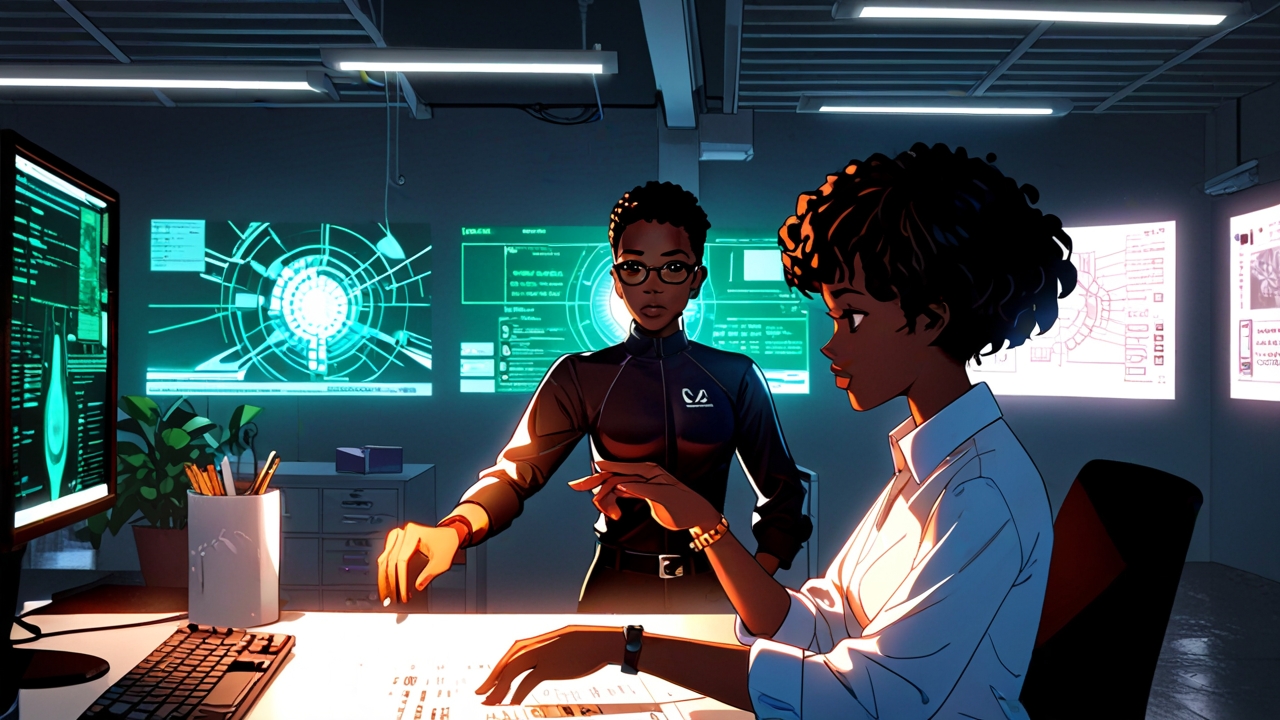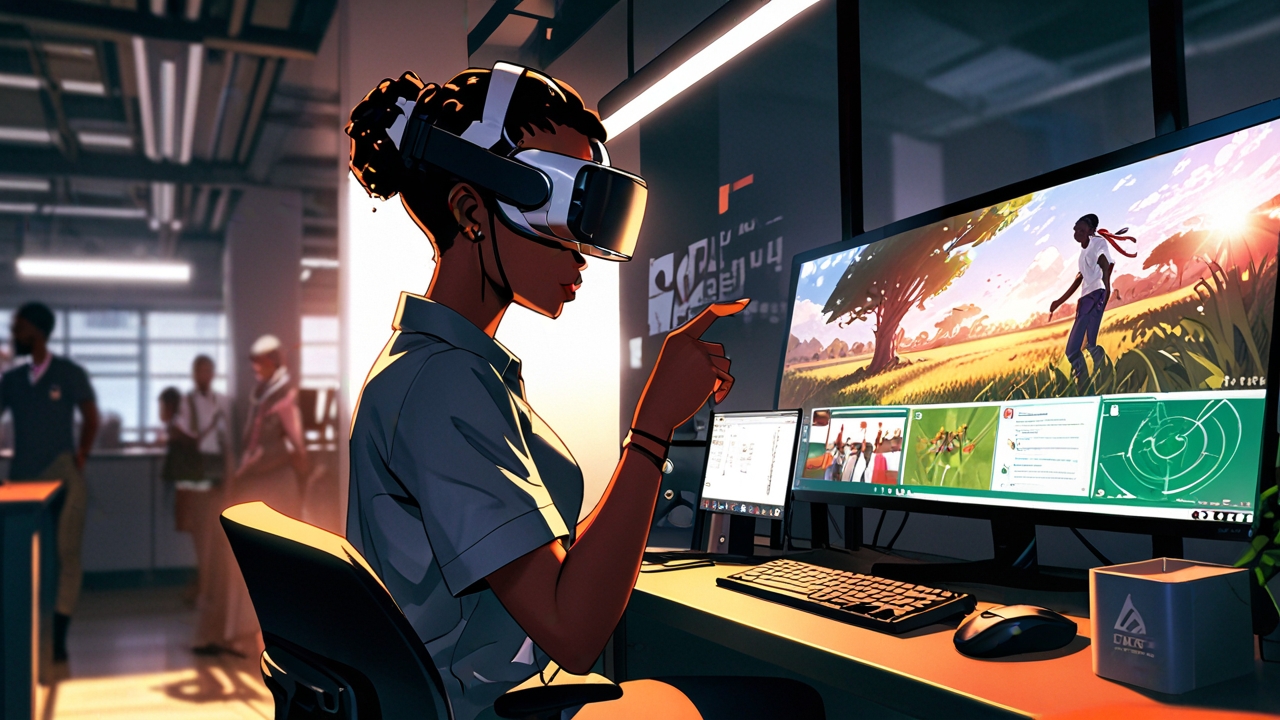AR/VR/MR in the Workspace and Our Understanding of Reality
July 19, 2024
AR/VR/MR in the Workspace and Our Understanding of Reality
Augmented Reality (AR), Virtual Reality (VR), and Mixed Reality (MR) are transforming how we work, making tasks easier, training more effective, and collaboration seamless. But as these technologies blend the virtual with the real, they also make us question what “reality” even means. Could our own vision be a kind of simulation? Let’s dive into these technologies in the workplace and explore how they challenge our perception of reality, touching a bit on the spiritual side.
 AR enhancing workplace productivity.
AR enhancing workplace productivity.
Transforming the Workplace
Training and Simulation
- Medical: Surgeons use VR to practice operations and AR for real-time data during surgeries.
- Manufacturing: Workers get AR overlays with assembly instructions, reducing mistakes.
- Emergency Services: VR simulations prepare first responders for disasters without the real-world risks.
Collaboration and Communication
- Virtual Meetings: VR makes remote meetings feel like everyone’s in the same room.
- Design and Prototyping: Architects and engineers use MR to visualize projects in 3D, making collaboration more effective.
Productivity Boosts
- Maintenance and Repair: AR provides step-by-step repair guidance, streamlining the process.
- Retail: VR and AR let customers try products virtually, enhancing their shopping experience.
Impact on Perception of Reality
Blurring Virtual and Real Lines
- VR’s immersive environments can feel incredibly real, challenging our senses.
- AR enhances our view with extra data, altering our perception of the physical world.
 VR bringing remote teams together.
VR bringing remote teams together.
Philosophical and Spiritual Insights
- Philosophers have long debated if our senses show us reality or a subjective simulation.
- Many spiritual traditions view the material world as an illusion, similar to how VR and AR create virtual experiences.
Are Our Eyes a Natural Simulation?
- Our eyes and brain construct images of the world, much like how VR headsets create virtual environments.
- Quantum physics suggests reality may not be as solid as it seems, hinting our perception could be a constructed simulation.
Expanding Consciousness
Enhancing Human Experience
- VR can foster empathy by allowing us to experience life from another’s perspective.
- VR environments for meditation can help achieve deeper mindfulness, providing new spiritual tools.
 VR environments enhancing meditation.
VR environments enhancing meditation.
Ethical and Psychological Considerations
- The immersive nature of these technologies can lead to addiction and detachment from reality.
- As AR and VR collect lots of data, privacy and security are major concerns.
Conclusion
AR, VR, and MR are revolutionizing the workplace, making it more efficient and collaborative. Yet, they also push us to rethink our understanding of reality, echoing age-old philosophical and spiritual insights. As we navigate this new blend of the virtual and real, we must weigh both the benefits and implications for our perception of the world.
Keywords: AR, VR, MR, workplace technology, reality perception, spirituality, immersive experiences, virtual reality training, augmented reality collaboration, mixed reality design.
Tags: #Technology #Workplace #Philosophy #AR #VR #MR #Spirituality #RealityPerception
Author: Teki Solves



